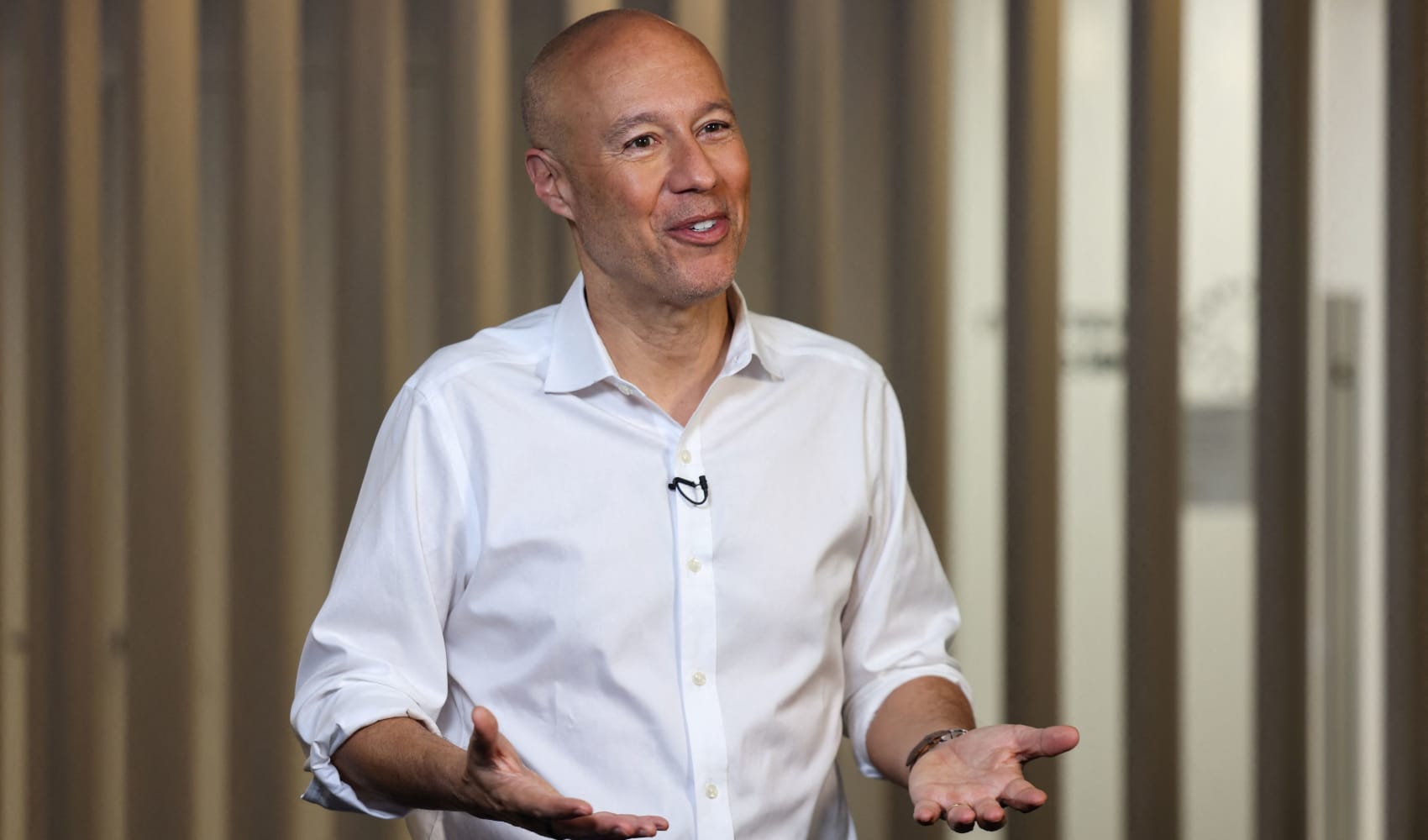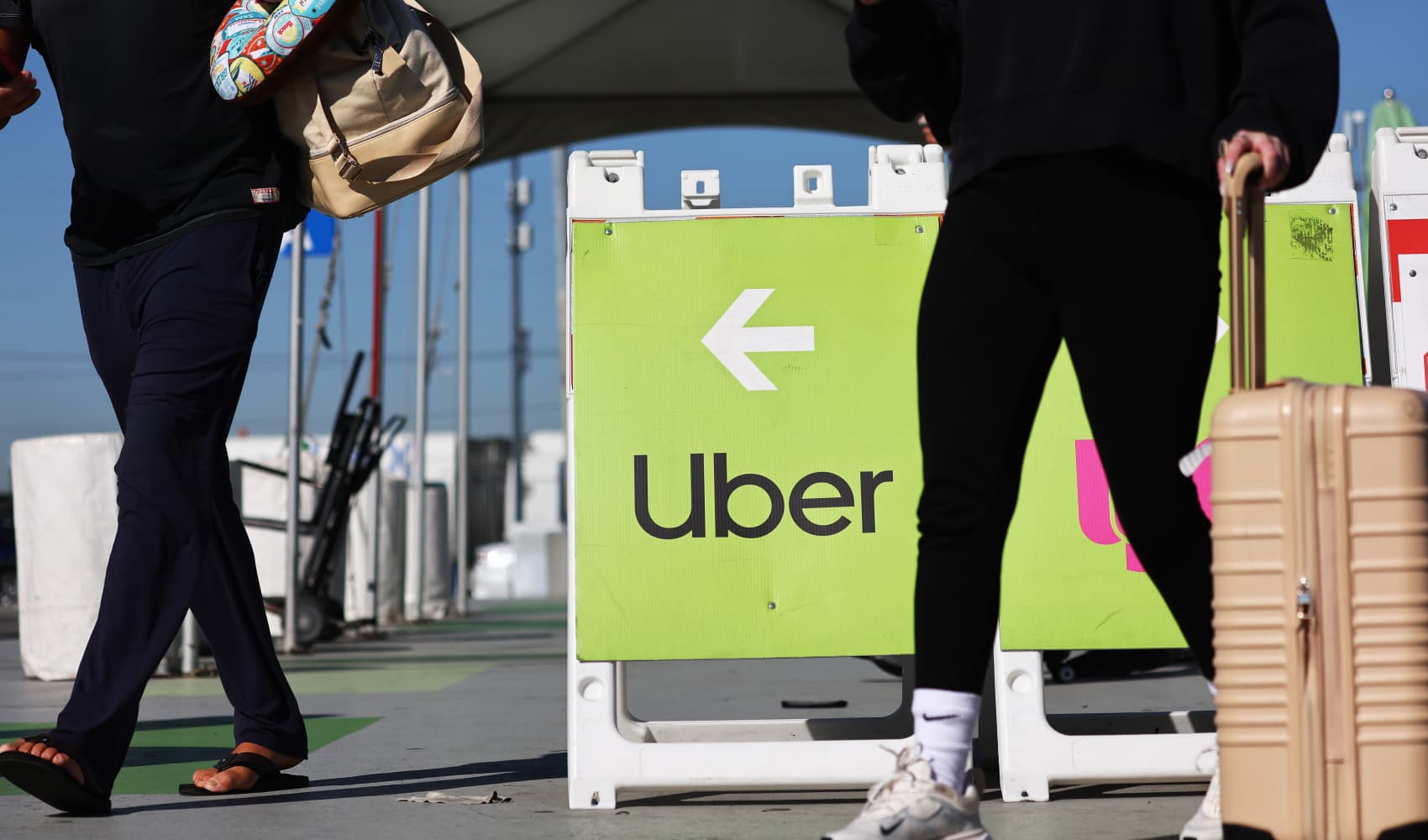Uber Robotaxi Europe: Driverless Rides Coming in 2026!
Uber's Robotaxi Revolution: Europe Gears Up for Driverless Rides in 2026!
Introduction: The Future is Now (Almost!)
Imagine hopping into a car and telling it where to go, without a human driver behind the wheel. Sounds like science fiction, right? Well, get ready, Europe, because that future is closer than you think! Uber, the ride-hailing giant, is teaming up with Momenta, a leading Chinese self-driving technology company, to bring robotaxis to European streets as early as 2026. This isn't just a minor upgrade; it's a potential game-changer in how we move around our cities.
Uber's Robotaxi Dream: A Second Chance
From Internal Division to Strategic Partnership
You might remember Uber's previous foray into self-driving technology. They had their own self-driving car unit, but ultimately, they sold the division to Aurora Technologies back in 2020. So, why are they back in the game? Well, sometimes the best way to succeed is to partner with the experts! This new agreement allows Uber to leverage Momenta's cutting-edge AI-first autonomous driving technology without the heavy lifting of developing it all in-house. It's like outsourcing your brainpower to the best minds in the business.
Momenta: The Brains Behind the Operation
AI-First Autonomous Driving: What Does That Mean?
Momenta isn't just another tech company; they're pioneers in AI-driven autonomous driving. What exactly does "AI-first" mean? Think of it this way: instead of relying solely on pre-programmed rules, Momenta's technology learns and adapts based on real-world data. The AI systems are constantly learning from their experiences, making the robotaxis smarter and safer over time. It's like having a driver that's always learning and improving, never getting tired or distracted.
The 2026 Launch: Europe as the Testing Ground
Why Europe First?
So, why is Uber choosing Europe as the initial launchpad outside of the U.S. and China? There are several possible reasons. European cities often have dense populations, complex road networks, and a strong emphasis on safety. Successfully navigating these challenges would prove the robustness of Momenta's technology. Plus, European consumers are generally open to innovative transportation solutions, paving the way for wider adoption.
Safety First: The Role of Safety Operators
Human Oversight in the Driverless Era
Don't worry, the robotaxis won't be completely unsupervised at first. Uber has confirmed that safety operators will be onboard during the initial deployments in 2026. Think of them as co-pilots, ready to take control if needed. This is a crucial step to ensure passenger safety and build public trust in the technology. It's like training wheels for the self-driving world.
Combining Strengths: Uber's Network Meets Momenta's Tech
A Match Made in Ridesharing Heaven?
The partnership is a strategic blend of Uber's global ridesharing expertise and Momenta's AI-first autonomous driving technology. Uber brings the vast network of users and operational experience, while Momenta provides the brains to drive the cars. It's like having the perfect recipe – all the ingredients are there, ready to be cooked up into a revolutionary service.
The Potential Impact: Transforming Urban Mobility
Beyond Ride-Hailing: A Glimpse into the Future
Robotaxis have the potential to transform urban mobility in profound ways. Imagine reduced traffic congestion, lower transportation costs, and increased accessibility for people with disabilities. Self-driving vehicles could optimize routes, reduce accidents, and make our cities more livable. It's not just about getting from point A to point B; it's about creating a smarter, more sustainable future.
Challenges Ahead: Paving the Way for Widespread Adoption
Regulatory Hurdles, Public Perception, and Technological Advancements
Of course, the road to robotaxi domination isn't without its challenges. Regulatory hurdles, public perception, and technological advancements all need to be addressed. Governments need to create clear and consistent regulations for autonomous vehicles, while companies need to build public trust through rigorous safety testing and transparent communication. And, of course, the technology itself needs to continue improving to handle increasingly complex real-world scenarios.
The Competitive Landscape: Who Else is in the Race?
Aurora, Waymo, and Others: The Battle for Autonomous Dominance
Uber and Momenta aren't the only players in the robotaxi race. Companies like Aurora, Waymo, and Cruise are also making significant strides in autonomous driving technology. The competition is fierce, driving innovation and pushing the boundaries of what's possible. It's like a high-stakes game of chess, where each company is strategically positioning itself for long-term success.
The Financial Implications: A Multi-Billion Dollar Market
Investment, Revenue, and the Future of the Automotive Industry
The robotaxi market is expected to be a multi-billion dollar industry in the coming years. Investors are pouring money into autonomous vehicle companies, betting on the transformative potential of this technology. The rise of robotaxis could also disrupt the traditional automotive industry, shifting the focus from individual car ownership to shared mobility services.
Ethical Considerations: Navigating the Moral Maze
Liability, Algorithmic Bias, and the Future of Work
Autonomous vehicles raise important ethical questions. Who is liable in the event of an accident? How do we ensure that algorithms aren't biased against certain groups? What will happen to the millions of people who work as professional drivers? These are complex issues that require careful consideration and open dialogue. It's not just about building the technology; it's about building it responsibly.
The European Advantage: A Fertile Ground for Innovation
Tech-Savvy Consumers, Supportive Governments, and a Strong Regulatory Framework
Europe has the potential to be a leader in the robotaxi revolution. Tech-savvy consumers, supportive governments, and a strong regulatory framework create a fertile ground for innovation. European cities are also known for their commitment to sustainability, which aligns well with the potential environmental benefits of autonomous vehicles.
Beyond 2026: The Long-Term Vision
Expansion, Integration, and the Smart City Ecosystem
The 2026 launch is just the beginning. In the long term, Uber and Momenta envision expanding their robotaxi services to more cities and integrating them into the broader smart city ecosystem. Imagine a seamless network of autonomous vehicles, connected to public transportation, and optimizing traffic flow in real-time. That's the ultimate vision – a future where transportation is efficient, sustainable, and accessible to all.
The Rider Experience: What to Expect in a Robotaxi
Safety Features, Entertainment Options, and a Personalized Journey
So, what will it be like to ride in a robotaxi? Expect a safe, comfortable, and personalized experience. The vehicles will be equipped with advanced safety features, including sensors, cameras, and redundant braking systems. You'll likely have access to entertainment options, such as streaming music and movies, and you'll be able to customize your ride preferences through a mobile app.
The Impact on Jobs: Opportunities and Challenges
Retraining, New Skillsets, and the Evolving Workforce
The introduction of robotaxis will undoubtedly have an impact on the job market. While some driving jobs may be displaced, new opportunities will emerge in areas like vehicle maintenance, software development, and data analysis. Retraining programs and educational initiatives will be crucial to help workers adapt to the evolving workforce. It's a transition, but one that can lead to new and exciting career paths.
Conclusion: Buckle Up for the Ride of the Future!
Uber's partnership with Momenta marks a significant step towards bringing robotaxis to Europe. While challenges remain, the potential benefits – from increased safety and efficiency to reduced congestion and environmental impact – are undeniable. The launch in 2026 promises to be a pivotal moment, paving the way for a future where autonomous vehicles are an integral part of our urban landscape. Get ready, Europe – the ride of the future is just around the corner!
Frequently Asked Questions
Here are some frequently asked questions about Uber's robotaxi plans in Europe:
- Q: When will Uber robotaxis be available in Europe?
- A: Uber plans to launch its robotaxi service in Europe in early 2026, with safety operators onboard.
- Q: Who is Momenta, and what is their role?
- A: Momenta is a Chinese self-driving startup providing the AI-first autonomous driving technology for the robotaxis. They are Uber's key technology partner for this project.
- Q: Will there be a human driver in the robotaxis?
- A: Initially, safety operators will be present in the vehicles to monitor performance and ensure safety. The long-term goal is fully autonomous operation.
- Q: How will Uber ensure the safety of passengers?
- A: Uber and Momenta are prioritizing safety through rigorous testing, advanced sensor technology, and the presence of safety operators during the initial launch phase.
- Q: What are the potential benefits of robotaxis for European cities?
- A: Robotaxis could reduce traffic congestion, lower transportation costs, improve accessibility, and contribute to a more sustainable urban environment.


